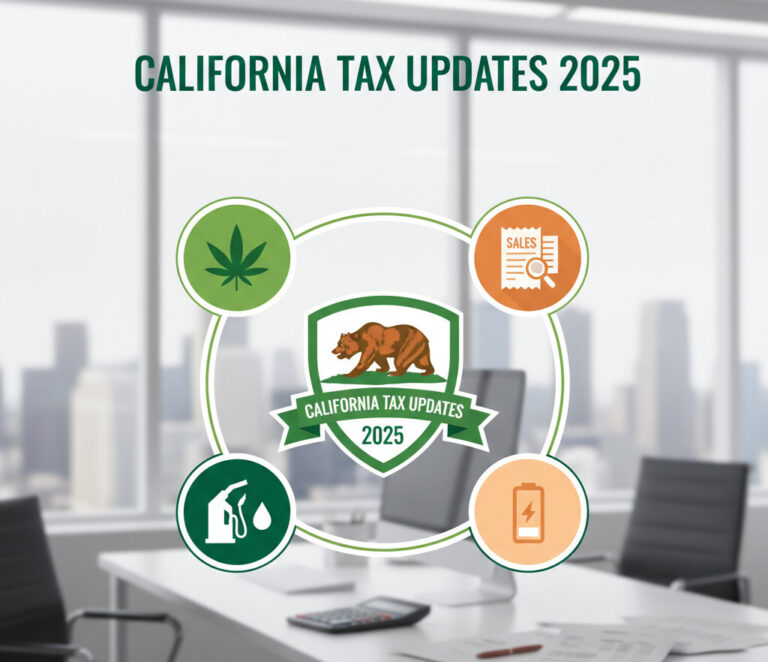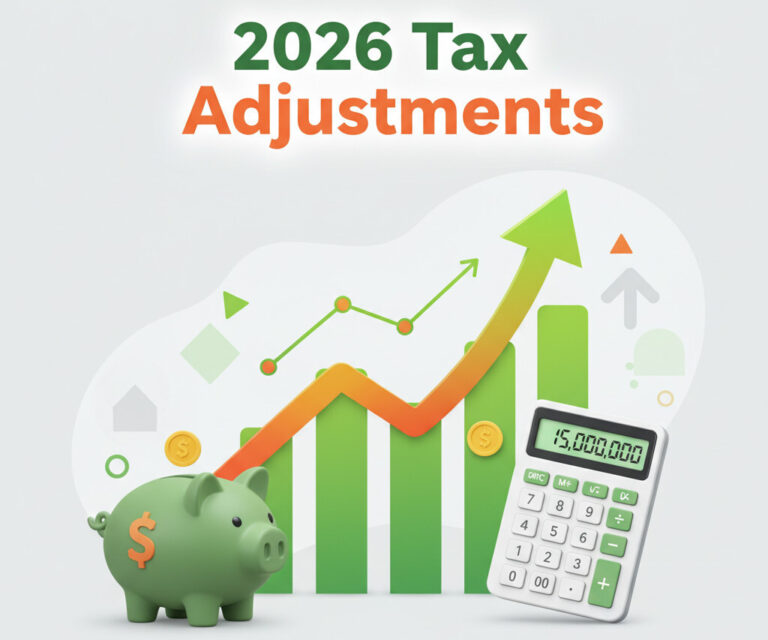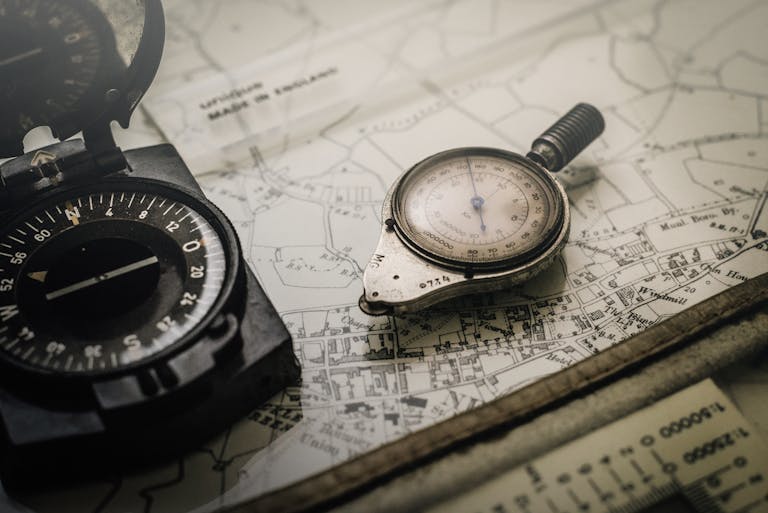OBBBA Unlocks Rural Opportunity Zone Investing with New 50% Improvement Rule
Have you ever looked at an investment opportunity in a developing area and thought, “This has potential, but the upfront cost to fix it up is just too high”? You’re not alone. The Opportunity Zone (QOZ) program was designed to encourage investment in economically distressed areas with amazing tax incentives, but a key rule—the “Substantial Improvement” requirement—often made renovating existing buildings a huge financial hurdle. Well, for rural communities, that’s all about to change thanks to a new law. Let’s dive in and see how this could be a game-changer for your investment strategy! 😊
Understanding Opportunity Zones & The Original Hurdle 🤔
First, a quick refresher. The Qualified Opportunity Zone (QOZ) program is a federal initiative created in 2018 to spur economic growth. By investing capital gains into a Qualified Opportunity Fund (QOF), which then invests in projects within these zones, investors can defer, reduce, and even eliminate taxes on those gains. It’s a powerful tool for both investors and communities.
To qualify for these tax benefits, the investment must be in “Qualified Opportunity Zone Business Property.” For investors looking to buy and renovate an existing building (used property), this meant one of two things: either the property’s “original use” in the QOZ began with them (think building from the ground up), or they had to “substantially improve” it. And that second part was a big deal. The original rule required investors to spend an amount equal to the building’s purchase price (minus the land value) on improvements within 30 months. Essentially, you had to double your investment in the structure, which was a major barrier for many promising projects.
The “Substantial Improvement” test is calculated on the building’s adjusted basis (its cost), not including the value of the land it sits on. This is a critical distinction when evaluating a potential QOZ real estate investment.
The OBBBA Relief: A 50% Rule Change for Rural Areas 🌾
This is where the One, Big, Beautiful Bill Act (OBBBA) comes in and changes the game. Recognizing the unique challenges faced by rural communities, the Treasury and IRS issued new guidance (Notice 2025-50) that dramatically eases this requirement for QOZs located entirely within a “rural area.”
Effective July 4, 2025, the substantial improvement threshold for these specific rural QOZs has been cut from 100% to just 50%. This means investors now only need to invest an additional 50% of the building’s basis on improvements within the 30-month window. This significant reduction in the required capital outlay makes countless existing properties in rural America viable and attractive investment opportunities for the first time.
Old Rule vs. New OBBBA Rule (Rural Areas)
| Aspect | Original Rule (All QOZs) | New OBBBA Rule (Rural QOZs Only) |
|---|---|---|
| Improvement Threshold | Must invest an additional 100% of the building’s basis. | Must invest an additional 50% of the building’s basis. |
| Timeline | Within 30 months of acquisition. | Within 30 months of acquisition (unchanged). |
| Impact | High capital requirement, a major barrier for renovating existing properties. | Lower financial barrier, opening up more properties for investment. |
So, What Counts as a “Rural Area”? 🗺️
This is a crucial question. You can’t just assume a location is rural. The IRS has a specific definition. According to Notice 2025-50, a “rural area” is any territory that is NOT:
- A city or town with a population of more than 50,000 inhabitants.
- An urbanized area that is contiguous and adjacent to a city or town described above.
This definition is based on data from the 2020 Census and aligns with standards used by the U.S. Department of Agriculture (USDA) for its rural development programs. The good news is you don’t have to figure it out yourself. The IRS notice includes a complete list of the 3,309 designated QOZs that qualify for this relief.
This 50% rule is only for QOZs officially listed as being comprised solely of rural areas. Before making any investment decisions, you must verify that the specific census tract is on the list provided in the Appendix of Notice 2025-50. Always consult with a tax professional to confirm eligibility.
Putting It Into Practice: A Real-World Example 📚
Let’s see how this plays out with a practical example. Imagine an investor is looking at a property in a designated rural QOZ.
📝 Example: The Main Street Revitalization Project
- Property Purchase Price: $300,000
- Value of Land: $50,000
- Adjusted Basis of Building: $250,000 ($300,000 – $50,000)
Investment Required for Improvements
1) Under the Old 100% Rule: The investor would have needed to spend an additional $250,000 on improvements within 30 months.
2) Under the New 50% OBBBA Rule: The investor now only needs to spend $125,000 (50% of $250,000) on improvements.
Final Result
The OBBBA rule change saves the investor $125,000 in required upfront capital, making the project significantly more feasible and financially attractive. This could be the difference between a vacant building and a thriving new business on Main Street.
Rural QOZ Investment Summary
Frequently Asked Questions ❓
This new rule under the OBBBA is a fantastic step towards leveling the playing field for rural communities, making them more attractive for the capital they need to thrive. What are your thoughts on this change? Let me know in the comments! 😊







